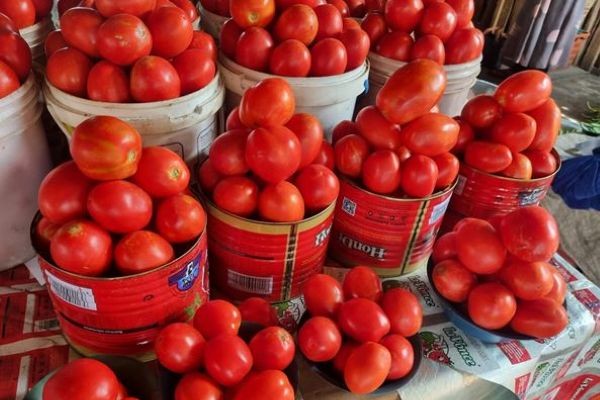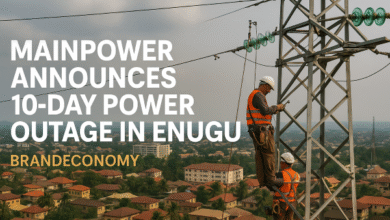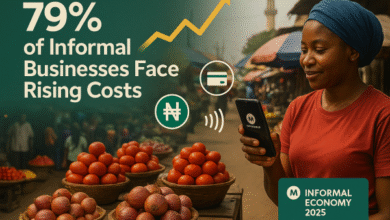Tomato Price Rises Amid Supply Gaps, Logistics Woes

Tomato price across Nigeria have hit alarming highs, driven by a supply shortfall from the North and crippling logistics challenges in the Southwest. From the bustling markets of Lagos to the farmlands of Kaduna, farmers and buyers alike are feeling the heat—literally and economically.
Speaking with the News Agency of Nigeria (NAN) on Friday, leaders of the country’s major tomato growers’ associations pointed to a perfect storm of harvest disruption, post-harvest losses, and high transport costs as the key triggers of the price surge, which has seen the price of a 50kg basket rise to as much as ₦100,000 in southern cities, from a previous average of ₦35,000–₦45,000.
Inside the Price Spike: The Farmers’ Perspective
According to Mr. Bola Oyeleke, National President of the Tomatoes and Orchard Producers Association of Nigeria (TOPAN), the Southwest’s logistics breakdown—especially over the last two weeks—has pushed many local farmers to the brink.
“Transportation costs have spiked, and many farmers can’t move their produce to urban markets. They end up selling at any price in their villages just to avoid total loss,” Oyeleke explained.
“At the same time, supply from the North has dwindled due to the end of their harvest cycle, so urban demand has outstripped supply—leading to the price surge.”
Oyeleke added that while the current pressure on prices may ease slightly in the coming weeks, much will depend on how quickly logistics bottlenecks are resolved and whether new harvests in the South can be mobilized efficiently.
Northern Farmers Blame Climate Impact and Seasonality
Further north, Mr. Rabiu Zuntu, Chairman of the Kaduna State Chapter of the Tomato Growers and Processors Association of Nigeria, blamed the delayed onset of rains for disrupting the traditional planting calendar, thereby creating a supply vacuum.
“Tomato is a seasonal crop. Due to late rainfall this year, most farmers could not plant on time. The usual harvest zones have run dry, and new ones haven’t kicked in. That’s the major reason why supply is falling short,” Zuntu said.
“We had hoped for price relief after Sallah, but weather delays mean that fresh produce is still weeks away.”
He added that prices of tomatoes in the North have doubled, with a 50kg basket now selling for ₦50,000 and above, depending on the state and market.
The Big Picture: Why This Matters
Tomatoes, a staple in Nigerian households, are now fast becoming a luxury item in many urban markets. The current surge is not just a reflection of market forces, but also a symptom of deeper structural issues in Nigeria’s agricultural value chain:
- Lack of cold chain infrastructure to reduce post-harvest losses
- Poor rural-to-urban transport systems that spike logistics costs
- Heavy reliance on seasonal open-field farming prone to climate shocks
- Absence of buffer stock mechanisms or processing capacity to stabilize prices
BRANDECONOMY Insight: Urgent Need for Agribusiness Reform
This tomato crisis is a textbook case for why agricultural investment must go beyond production to include infrastructure, storage, and logistics. Without climate-resilient farming systems, rural aggregation centers, and public-private investments in post-harvest technologies, Nigeria’s food security will remain at the mercy of rain cycles and fuel costs.
What’s the Way Forward?
- Accelerated investment in greenhouses and irrigation to enable year-round production
- Expansion of cold storage and processing hubs near rural farming belts
- Government-backed transport subsidies or cooperatives to move perishable goods efficiently
- Structured off-take agreements with processors to absorb market gluts or shortages
As Nigeria races toward a 400-million population mark, the need to stabilize the price and supply of key staples like tomato is no longer optional—it’s a national development imperative.











